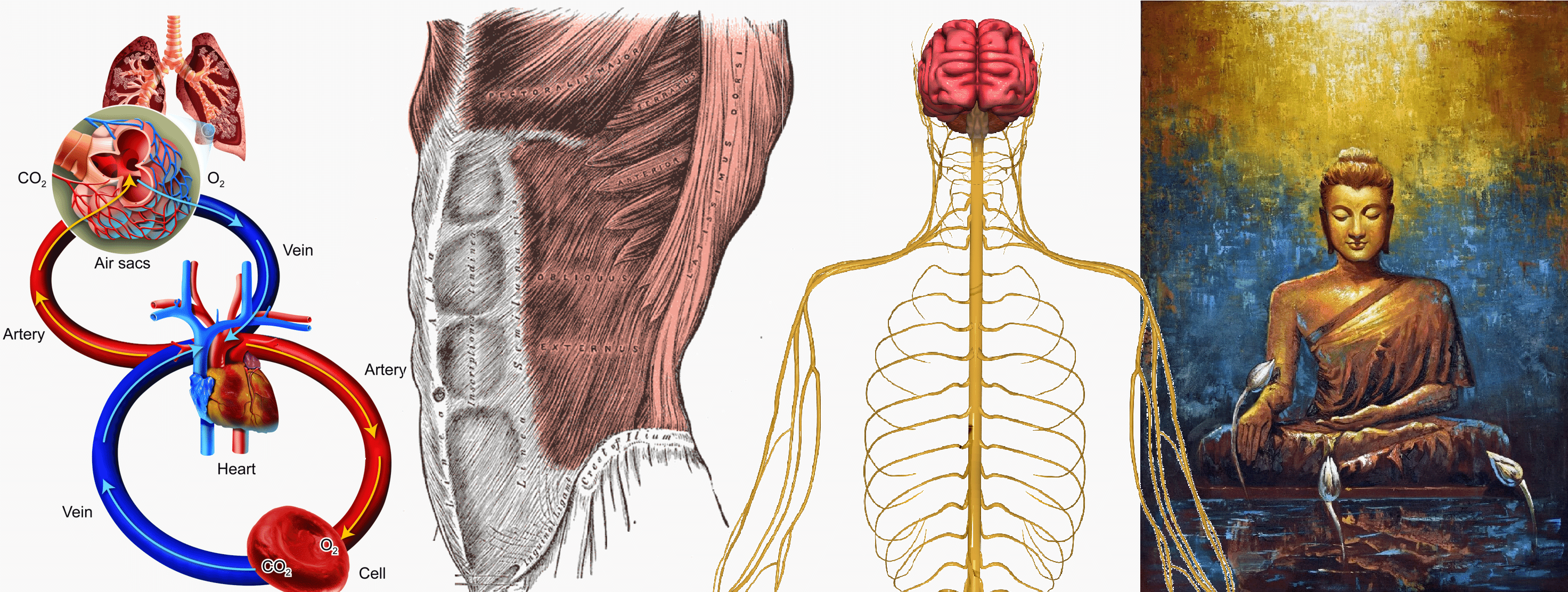You probably already know that getting O2 in and CO2 out is the main function of breathing, but as with many other things in life, HOW it’s done matters almost as much. The way you breathe affects the way your body moves and a host of other factors that can result in living a longer, happier, and more inspired life.
Quantity with Quality
Given that you take more than 17,000 breaths every day it would be overwhelming if you had to THINK about each breath. Fortunately, this process is - for the most part - completely mindless and automatic. If it weren’t many of us would find ourselves gasping for air every few minutes, passing out, and/or dying from simply being distracted.
But because it’s automatic doesn't mean it’s automatically “right.” Just like any other movement that’s mostly automatic - from running to jumping to lifting things of all shapes, sizes, and weights - awareness is the first step in mastering any movement.
Breathing Mindfully
You may or may not be aware of it, but you breathe differently at different times for different reasons. I covered this briefly in a previous post, but here I’d like to cover the topic in a slightly different way. I’m going to go over 4 common kinds of breathing patterns, why they’re important, and how to identify/feel them. My hope is that these exercises will allow you to expand your awareness of how you’re breathing so training yourself to breathe well - which is covered below - becomes a little easier.
1. Chest Breathing
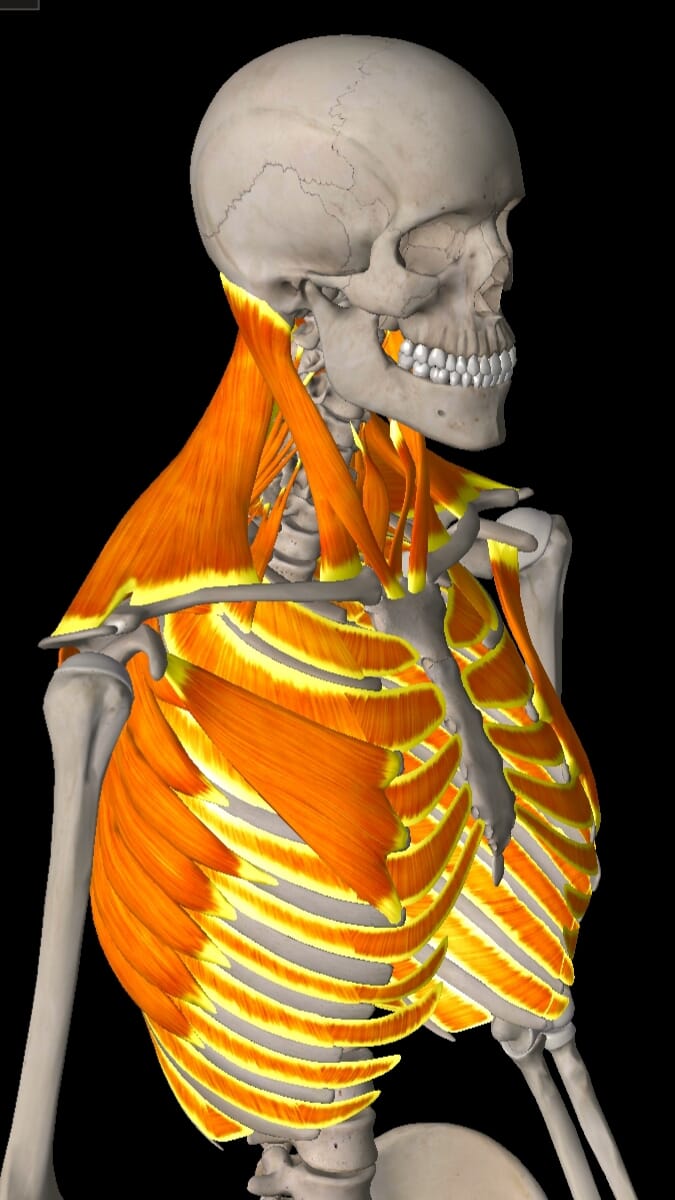

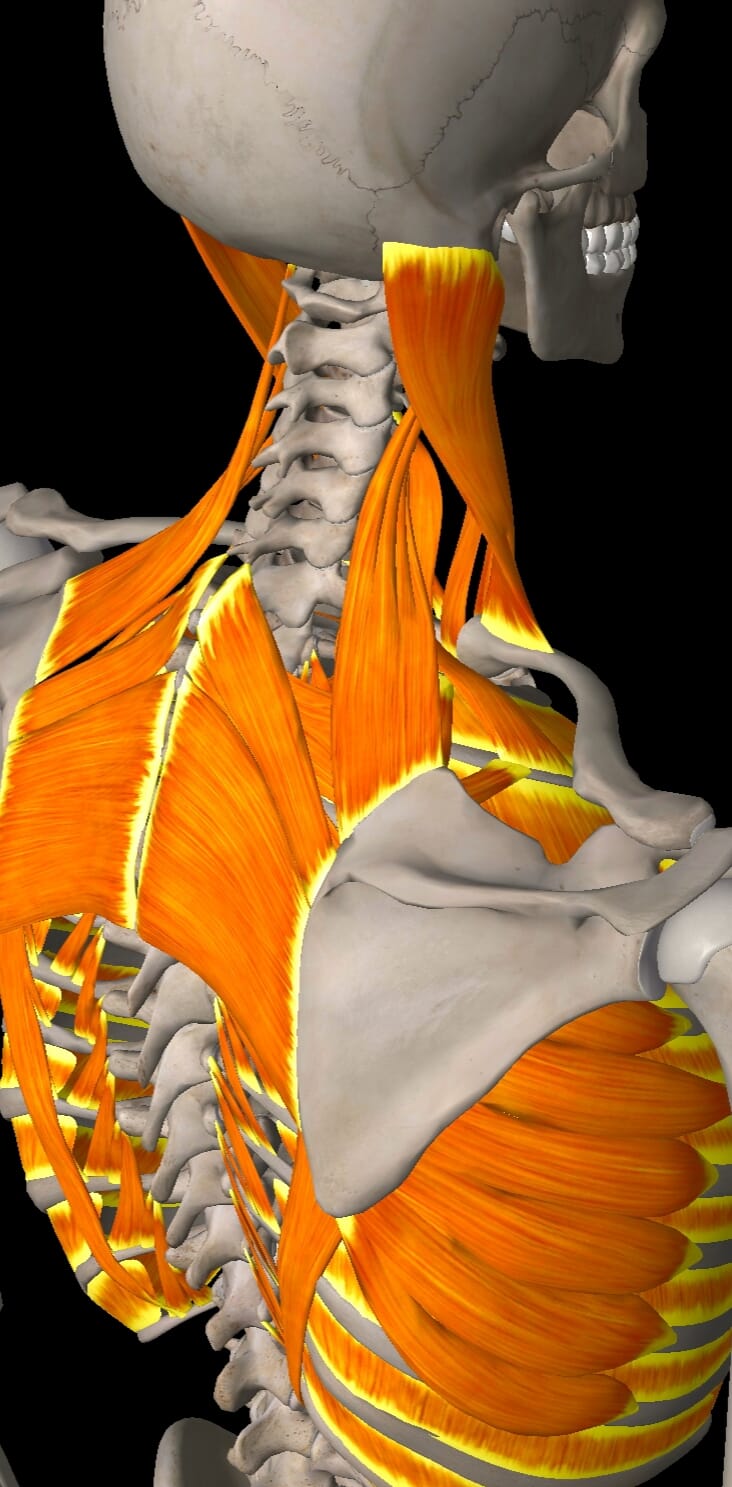
Chest breathing gets a bad rap because of its association with things like chronic and acute stress responses, and neck and shoulder problems. But chest breathing is a bit like eating carbohydrates (i.e. sugar): In some situations it’s perfectly natural, appropriate, and even necessary, but if your body gets too much too often it causes some serious issues.
It’s natural to breathe using your chest muscles (aka secondary respiratory muscles) when you’re stressed. The source and duration of the stress determines whether chest breathing is advantageous or detrimental. For example:
- Advantageous
- Aerobic exercise
- Appearing physically larger
- Detrimental
- Anxiety attacks
- Chronic stress response
- Fixed/Stuck breathing pattern
With this in mind, it’s important to note that the relationship between chest breathing and your sympathetic (fight or flight) nervous system is a two-way street:
- Noticing when you’re chest breathing and then controlling it can reduce your stress response.
- Purposefully chest breathing can induce a stress response.
How to Chest Breathe:
Place one or both hands on your upper chest just below the collarbone,
and breathe into your hands.
Do just 2-3 breaths (no need to hyperventilate) and notice how you feel. It’s a little different for everyone but most people feel a small rush that can be interpreted in different ways by different people. Regardless of what you’re feeling part of it is what happens when your sympathetic nervous system kicks on.
Neat, right?
2. Side-Rib Breathing
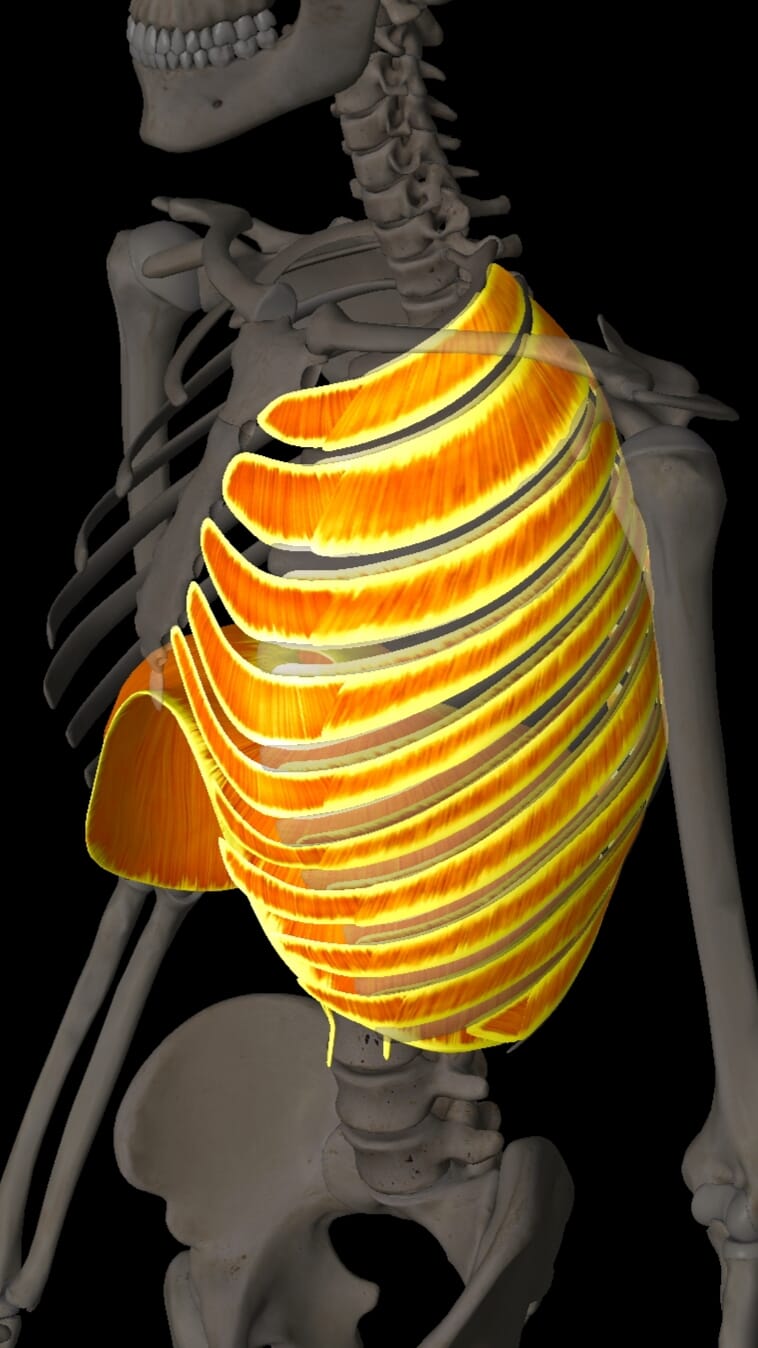
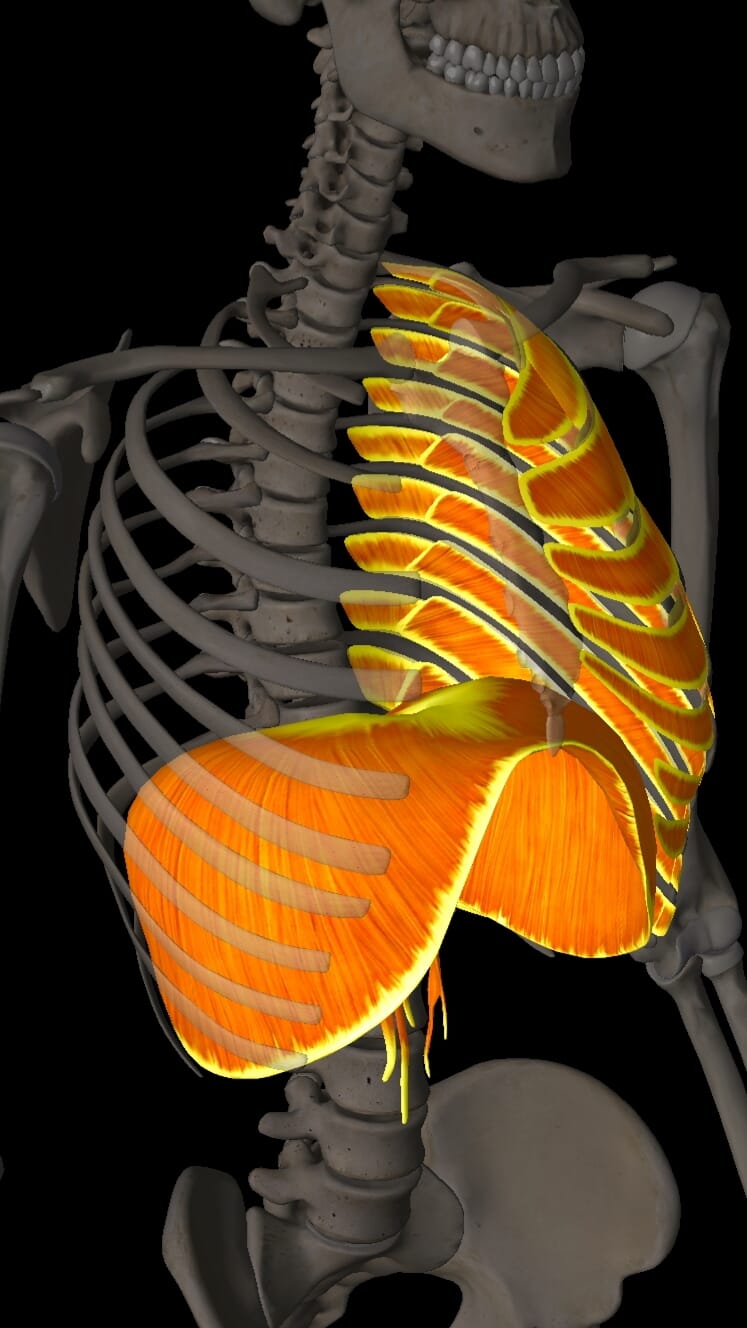
This kind of breathing is used mainly as an exercise in breath control and in meditative practices. Like chest breathing, side-rib breathing uses secondary respiratory muscles but unlike chest breathing, it only uses some of them and also uses the diaphragm which we’ll use even more in the next awareness drill.
How to Side-Rib Breathe:
Place your hands on the side of your ribs right around where a bra strap sits, and breathe into your hands without letting your upper chest rise as it does with chest breathing.
The effects of this kind of breathing aren’t as dramatic as chest breathing and most people find it calming. You can also take this drill a step further and breathe with only one side at a time.
3. Diaphragmatic breathing

Diaphragmatic, or belly breathing is your baseline breathing pattern. It’s what your body defaults to if you’re unconscious and it’s how babies and toddlers breathe all the time. It’s named “diaphragmatic breathing” for a muscle called the diaphragm (pictured above) but it’s also called “belly breathing” because when the diaphragm contracts expanding the lungs, it pushes down on the organs below it causing the belly to expand.
How to Belly breathe:
Lay face down on the floor resting your forehead on your hands. Keeping your shoulders and upper body relaxed (it helps sometimes to try relaxing your shoulders every few breaths), breathe into your belly so that you can feel it pressing into the floor.
Breathing in this way activates the “rest and digest” parasympathetic nervous system. It is calming and balancing for both mind and body.
4. 360 Breathing

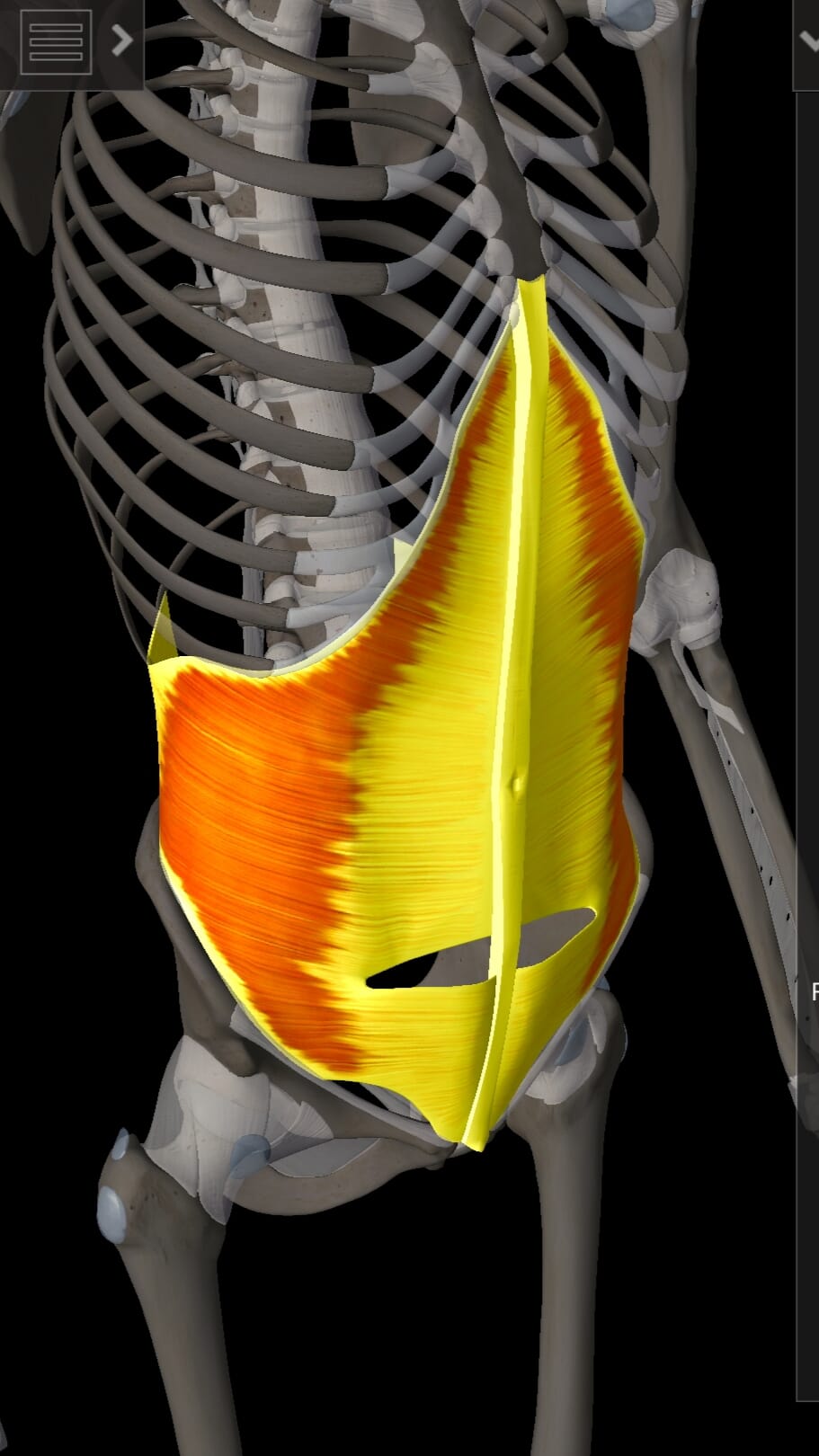
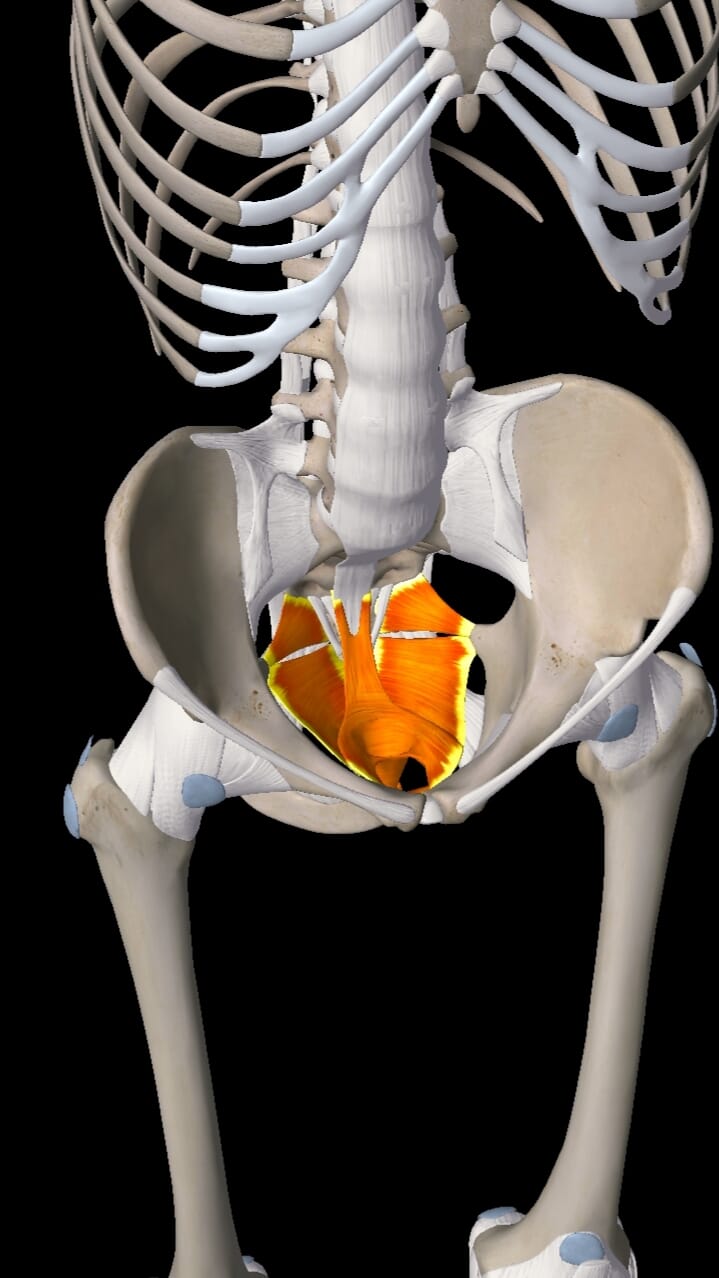
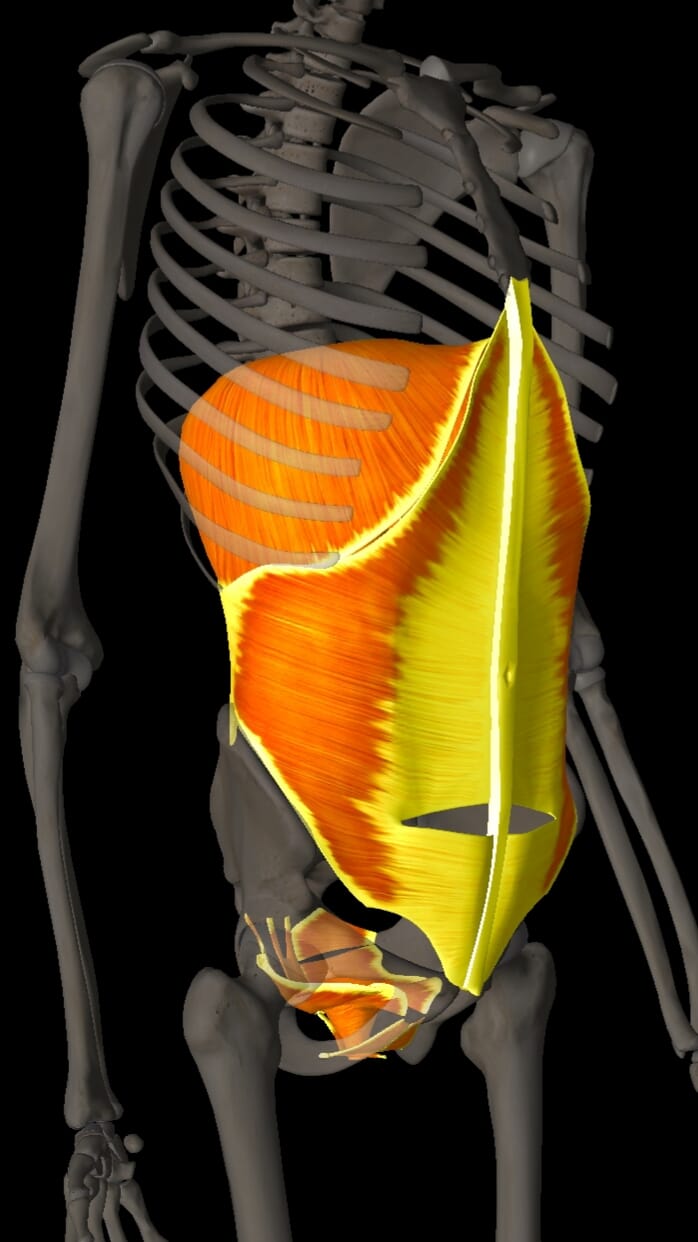
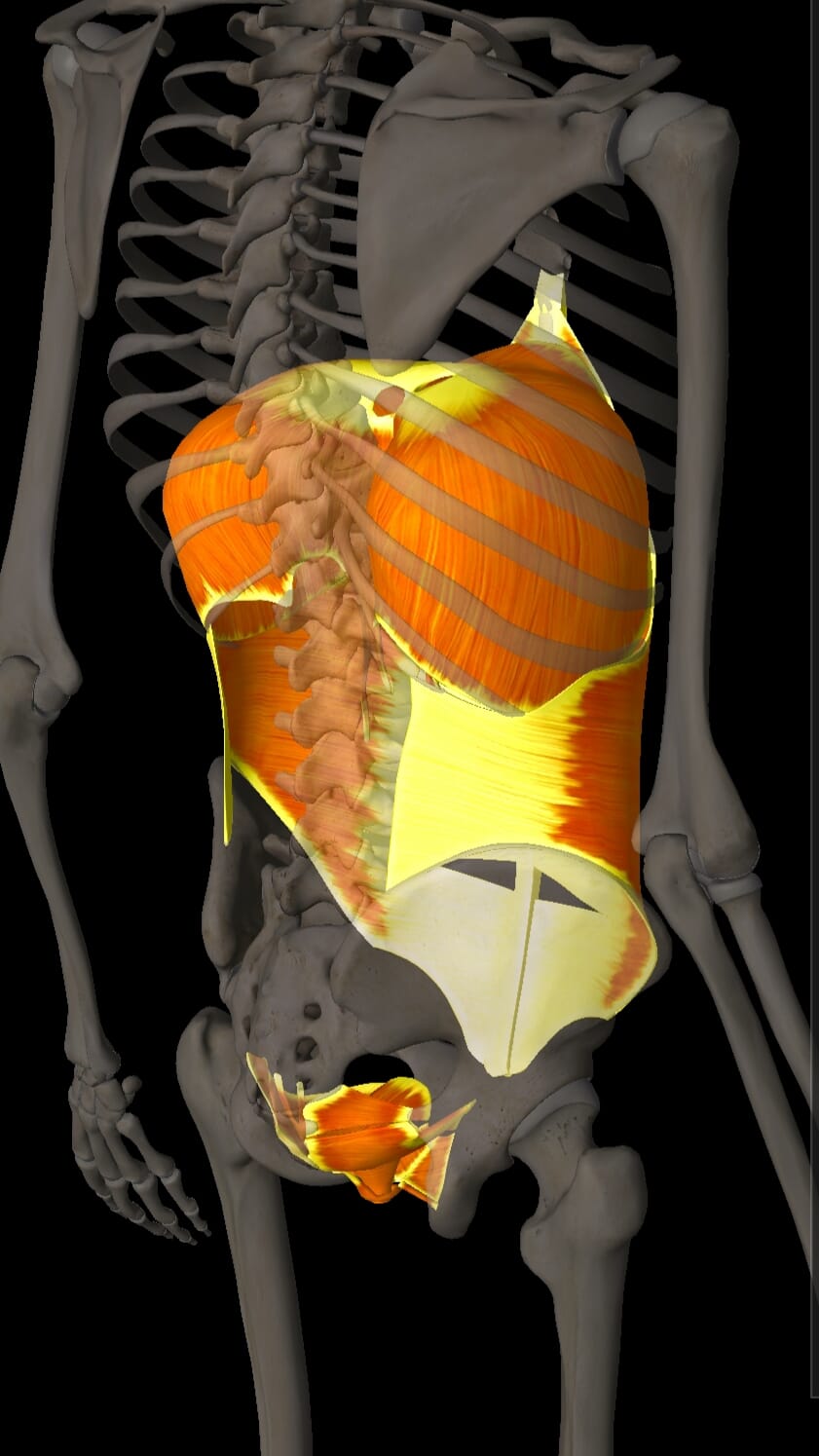
360 breathing is more about properly bracing your abdominal musculature or “core” which fosters better movement. Breathing in this way promotes core and lower back stability especially when lifting heavy loads or placing physical stress on the body.
How to perform 360 Breathing:
Starting from belly breathing from the previous section: Place your hands on their respective sides of your abdomen between the ribs and the pelvis so that your thumbs are on your back and your fingers are on the sides of your belly. Squeeze your sides with your hands. Breathe into your squeezing hands focusing mainly on breathing into your thumbs.
Note:
You’ll also want to perform a kegel (contract your pelvic floor musculature) on your inhalation. This breath allows for more physical power, but it’s possible to lose control of your bowels or bladder, and/or give yourself a hernia if you do it incorrectly while lifting heavy.
This final kind of breathing is the “holy grail” of “activating your core.” Breathing in this way activates your deepest core muscles and allows the muscles on top to contract properly and reflexively. Reflexive (vs conscious) core activation stabilizes the torso and lower back so that your limbs can move more powerfully and efficiently, and maximizes athletic/movement potential.
Retrain Your Breathing
All of these techniques can be used to increase your awareness of how you’re breathing, but what we’re really after is automating your breathing response to fit the right situation. To do this takes time and practice. The key to retraining is awareness. Perform all of the above drills on a regular basis and you’ll find yourself breathing better in all situations.
But since I am a fitness coach and this is a blog from a gym, I want to leave you with an exercise-related recommendation. Doing some breathing practice before exercise to set your breathing before engaging in movement is never a bad idea. You can also check back in during your workout to ensure you’re quality is up.
Because there are too many progressions, techniques, and cues to cover in a single article, I’m just going to outline a quick easy series that you can do on your own to start you off on the right foot:
- Do 2-5 minutes of Crocodile breathing
- Perform Deadbug exercise 10/side, rest, x2
This simple series will start you off in a good place with both your breathing and your movement.
If you’d like to learn more about what we do at OPEX Baltimore South, send us an email or give us a call. We’d be happy to tell you more.
Note to the reader: This article is the 3rd in a series on the broader topic of breathing.
You can find the articles linked below.
1. Understanding breathing as a continuum (3 min)
2. Why breathing matters for your movement (10 min)
4. Breathing, therapy, and spirituality (to be released)
About the Author:
 Adam is an OPEX CCP coach at OPEX Baltimore South with 15 years of fitness experience ranging from Yoga to CrossFit. He’s also a Certified Nutrition Coach (PN1), specializes in corrective exercise (FMSC) and is a parkour trainer/practitioner.
Adam is an OPEX CCP coach at OPEX Baltimore South with 15 years of fitness experience ranging from Yoga to CrossFit. He’s also a Certified Nutrition Coach (PN1), specializes in corrective exercise (FMSC) and is a parkour trainer/practitioner.
